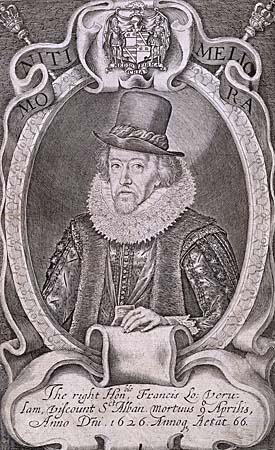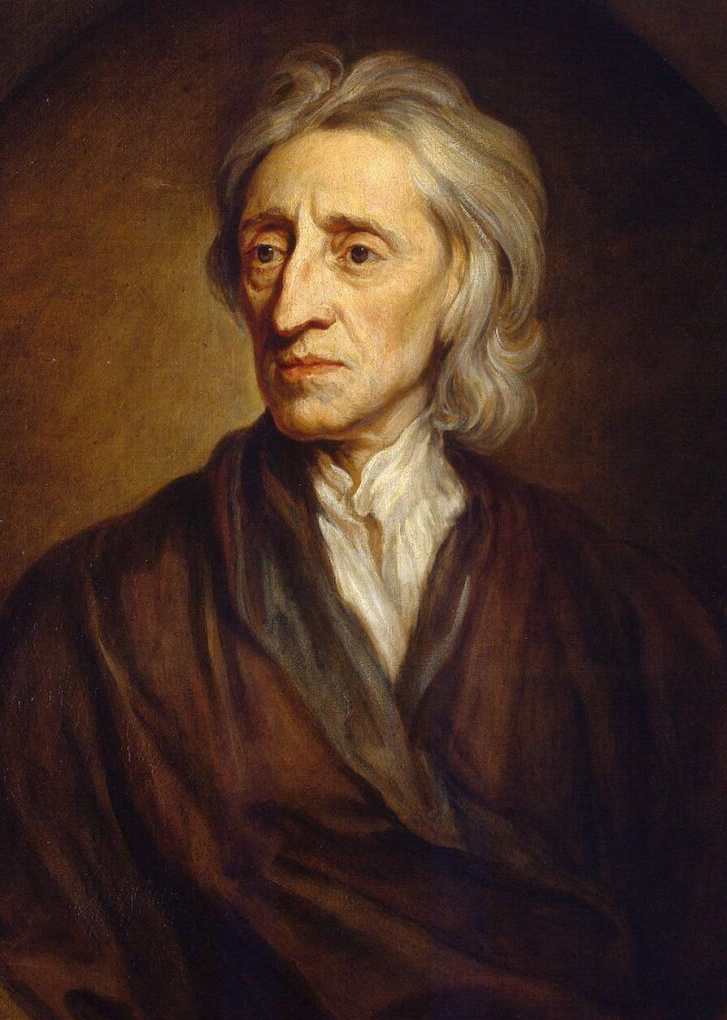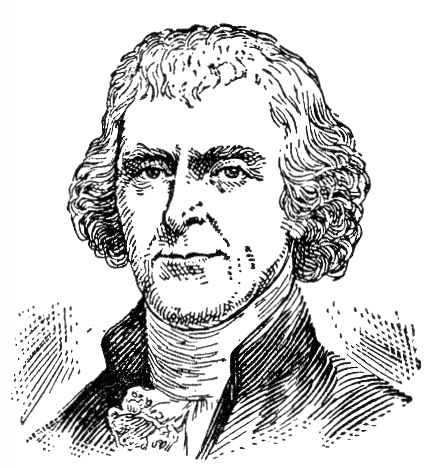Welcome back, friends, Norte Americans, countrymen! Lend me your eyes! I come to joke about Latin American dictators, not to praise them. Anyway, I bring you the second installment in the series Los Caudillos Famosos (The Famous Strongmen). I hope you enjoyed the stories of Dr. Francia, Generalissimo Gomez, El Senor Trujillo, and Porfirio Diaz from Part One. Here is a collection of fun facts and observations about several other noteworthy caudillos.
* * *
At the Battle of Veracruz against the French in 1838, Santa Anna was hit in the leg by cannon fire. He ordered that his amputated leg, "General Pierna," be buried with full military honors.
Thereafter, he used a prosthetic leg made of cork. During the Mexican-American War, it was captured by American troops. It is now on display at the Illinois State Military Museum in Springfield, despite the Mexican government repeatedly asking for its return!
In 1844, the 50-year-old Santa Anna married his second wife, the 15-year-old Maria Dolores de Tosta. They rarely lived together, however, unlike that bastard Edgar Allan Poe and his child bride.
In 1853, Santa Anna declared himself dictator for life, the "Most Serene Highness."
While exiled in New York City in the late 1860s, he brought the first shipment of chicle, the base for chewing gum, into the United States. A business partner later invented Chiclets. No lie!
A great fan of cockfighting, he reportedly spent vast sums of money on prize roosters. One prizewinner, "Isla de Rhode Rojo," compiled a 58-0 record and retired to a luxury coop in Cozumel.
He was a serious collector of Napoleonalia and artifacts from the Napoleonic Wars. His dream was to build a museum campus in Mexico devoted to the general to be called The Napoleon Complex.
He lived in exile in several other nations in the Americas at different times, including Jamaica, Cuba, Colombia, Staten Island, New York, and St. Thomas in the Virgin Islands.
He lived in exile in several other nations in the Americas at different times, including Jamaica, Cuba, Colombia, Staten Island, New York, and St. Thomas in the Virgin Islands.
* * *
Vargas (seated, left) with fellow caudillo famoso, Generalissimo Frankin Delano Roosevelt, in 1936.
Getúlio Dornelles Vargas (1882-1954), alias "O Pai dos Pobres" ("The Father of the Poor"). Vargas modeled himself after Europe's fascist dictators, if more moderate in actual politics, and was leader of Brazil from 1931-1945 and 1951 to 1954.
Vargas also was called the "Sphinx of the Pampas" because he was born with paws instead of hands.
He had his favorite blend of the beverage mate specially produced for him, delivered on a private mule train from the factory to his home. Such are the perks of power!
After running for president unsuccessfully in 1930, Vargas, a spoil sport, just overthrew the government and made himself chief executive.
Feeling powerless and at the will of his political enemies, Vargas shot himself in 1954, writing in his letter to the Brazilian people that he was "leaving life to enter history (and pseudo-factual blog posts)."
Manuel Mariano Melgarejo Valencia (1820–1871), President of Bolivia from 1864-1871.
Melgarejo sometimes ordered his generals to frolic or roll around the floor of the national palace for his personal amusement. Don't ask what he made the lower-ranking officers do.
Before entering the military, he had been apprenticed to a notary, where he learned what he prided himself on as "perfect handwriting." My second-grade teacher, Mrs. Petrucco, would have given him a C-.
Melgarejo was said to have given a vast amount of Bolivian territory to Brazil for what he described as a "magnificent" white horse. The amount of land was determined by tracing around the horse's hoof on a map of Bolivia.
Melgarejo sometimes ordered his generals to frolic or roll around the floor of the national palace for his personal amusement. Don't ask what he made the lower-ranking officers do.
Before entering the military, he had been apprenticed to a notary, where he learned what he prided himself on as "perfect handwriting." My second-grade teacher, Mrs. Petrucco, would have given him a C-.
Melgarejo was said to have given a vast amount of Bolivian territory to Brazil for what he described as a "magnificent" white horse. The amount of land was determined by tracing around the horse's hoof on a map of Bolivia.
I have discovered through my archival research that Brazil also threw in a naked virgin to sweeten the deal.
According to another rumor, when Germany invaded France in 1870 during the Franco-Prussian War, Melgarejo ordered a large part of the Bolivian army be sent to Europe to help defend Paris, a city he admired for its cultural sophistication. He reportedly was unable, however, to locate the city on a map, perhaps because it was stained with hoof-prints.
He insisted on being called The Most Illustrious Man of the Century. Which century, he did not specify.
When the money supply of pesos dwindled, he issued his own (worthless) currency, called melgarejos. Trust me, they are just as worthless as the crates Confederate and Zimbabwe dollars I have in my safe.
After he had been overthrown and exiled to Peru, he was shot in a "crime of passion" by his lover's angry brother, for attempting to break into their house in Lima.
After he had been overthrown and exiled to Peru, he was shot in a "crime of passion" by his lover's angry brother, for attempting to break into their house in Lima.

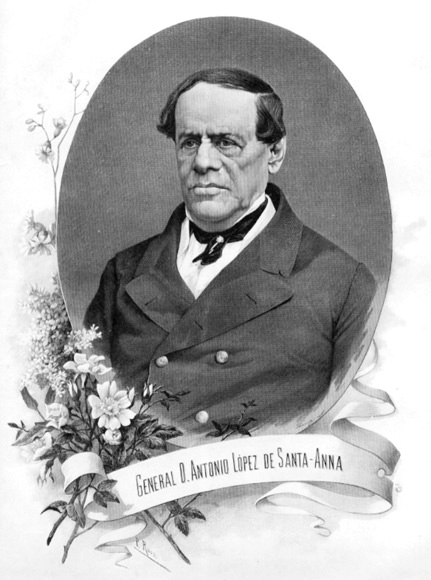




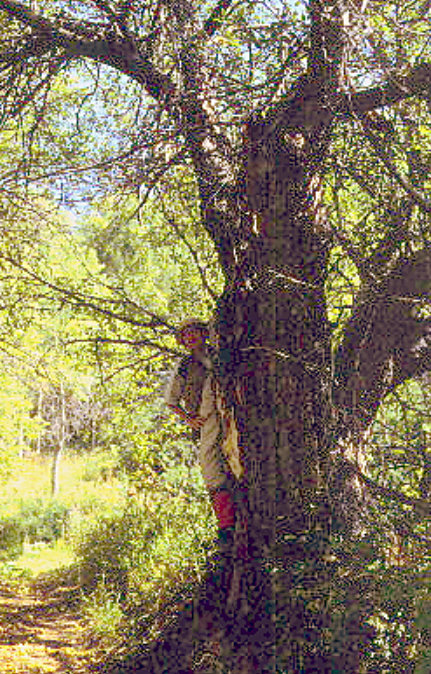



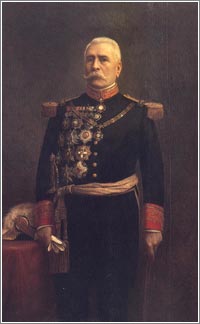

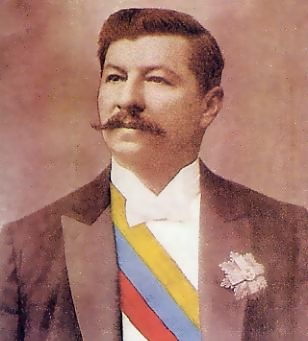


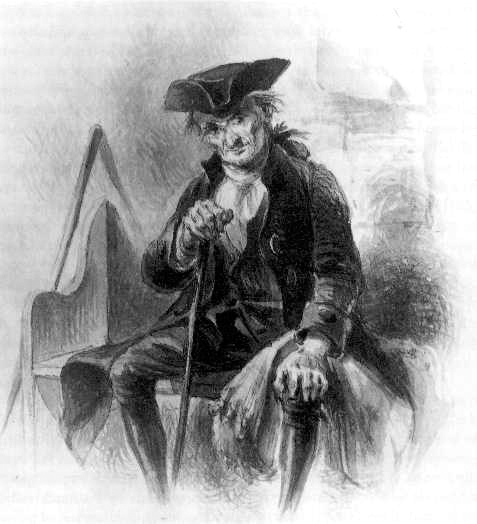
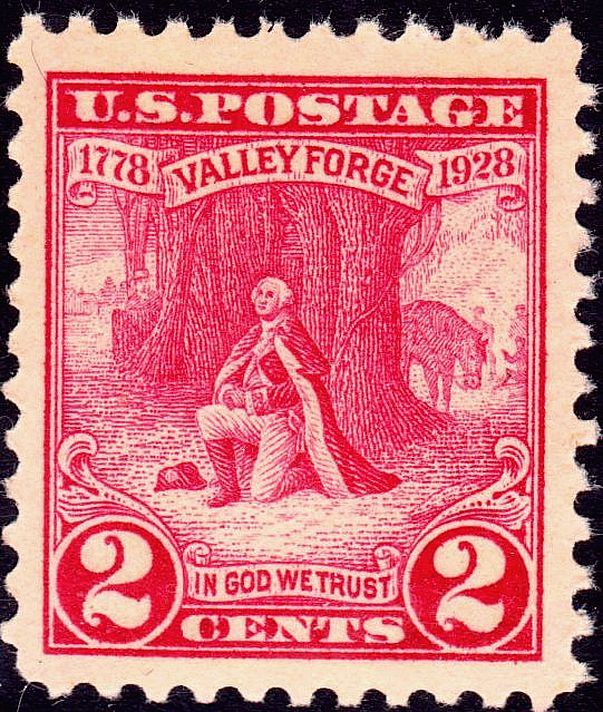

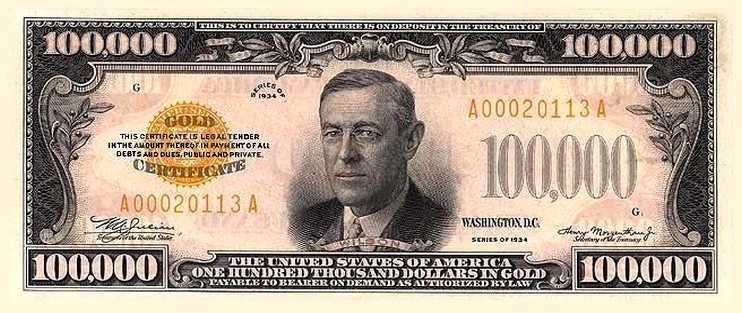
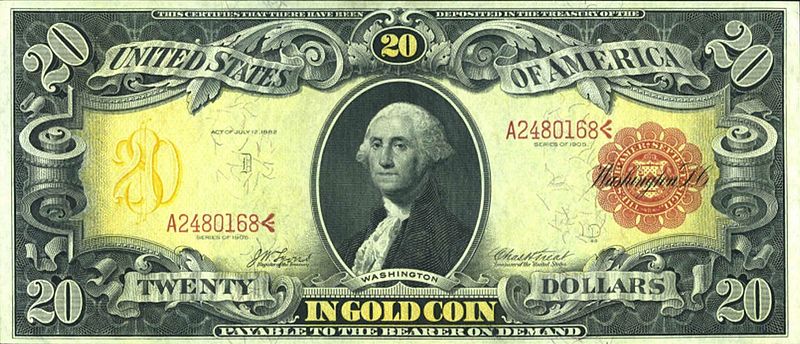

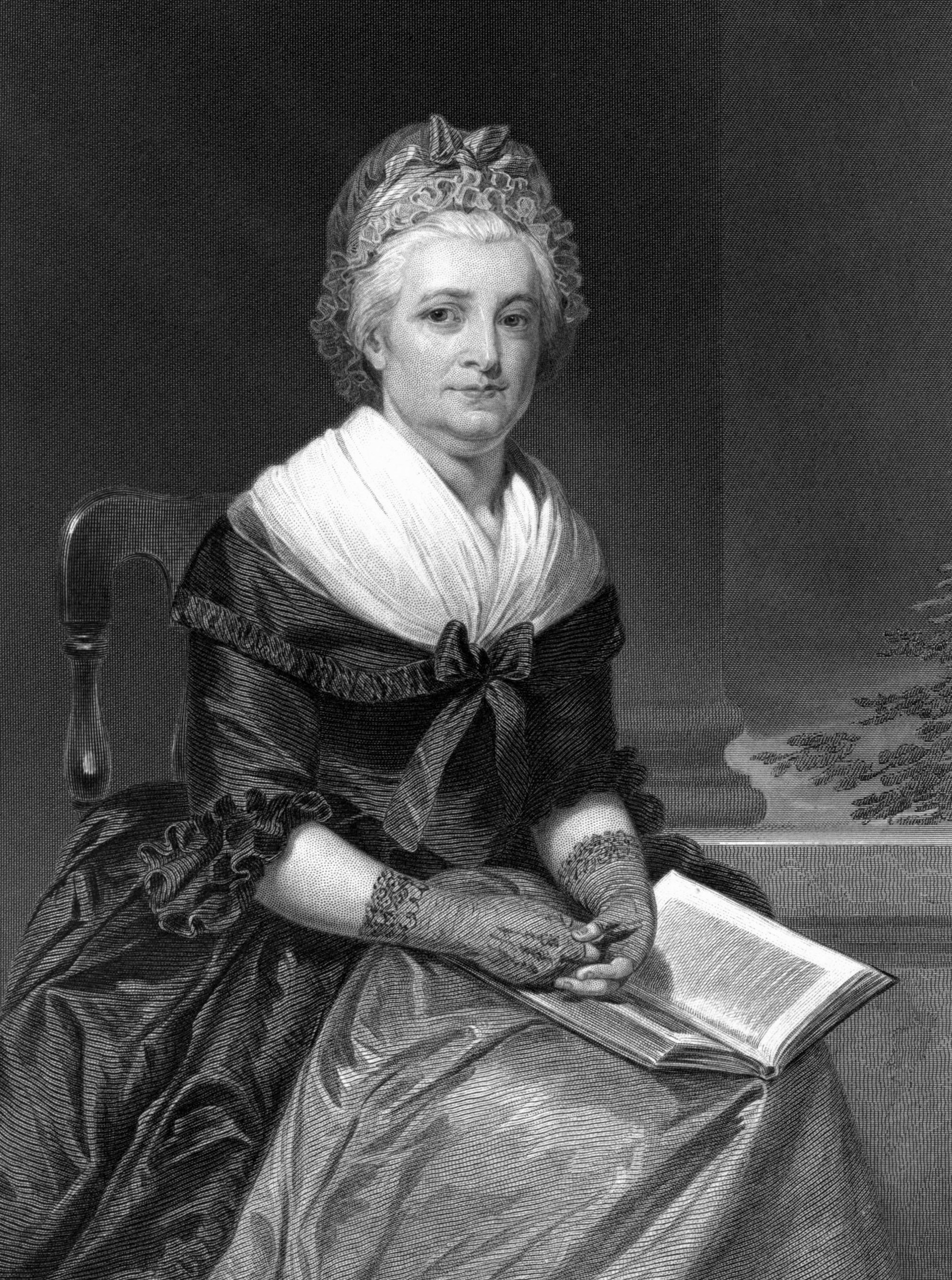
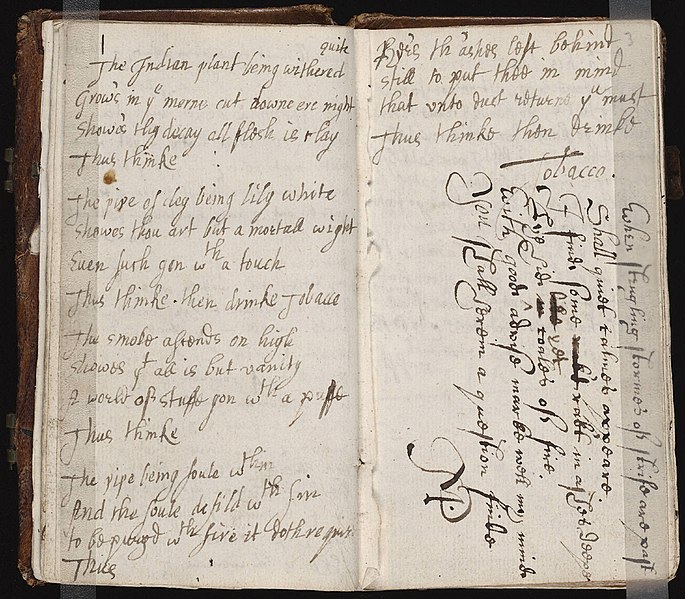

_445.jpg/433px-Die_Gartenlaube_(1876)_445.jpg)

